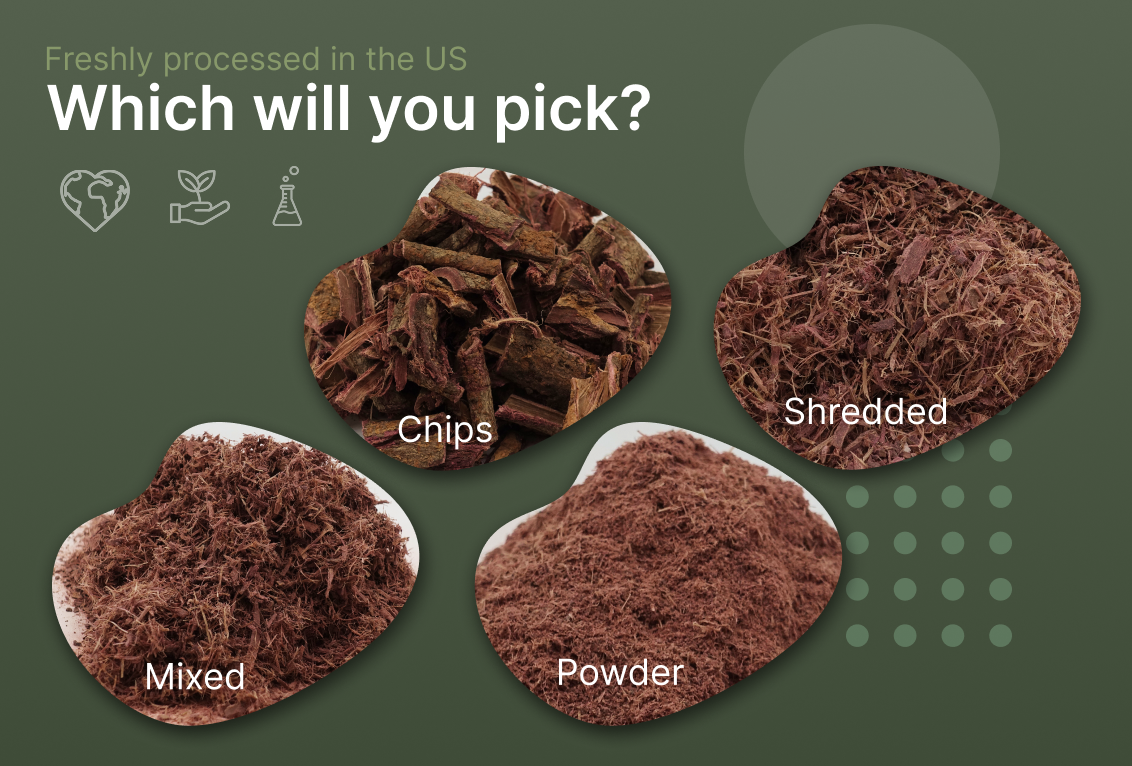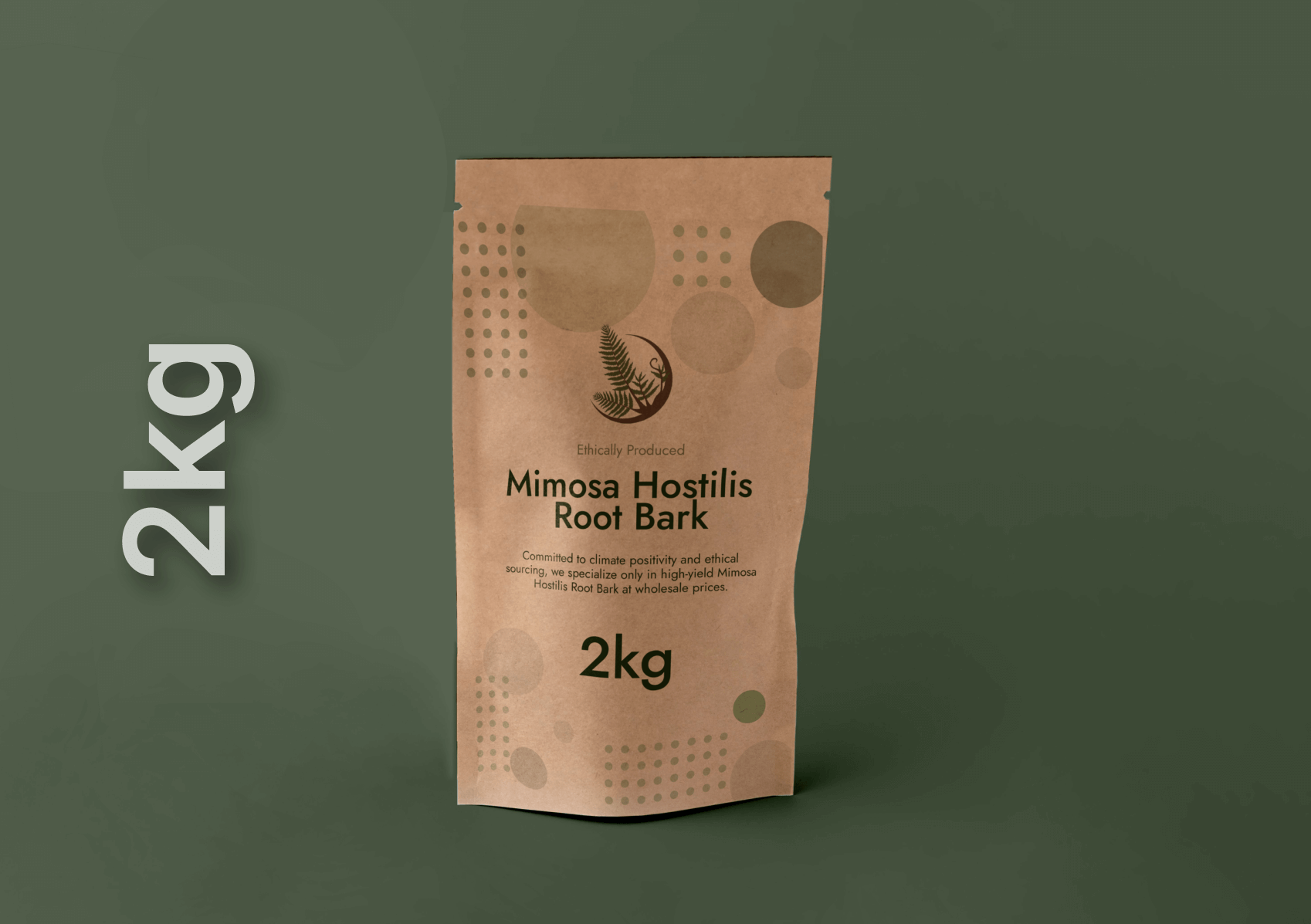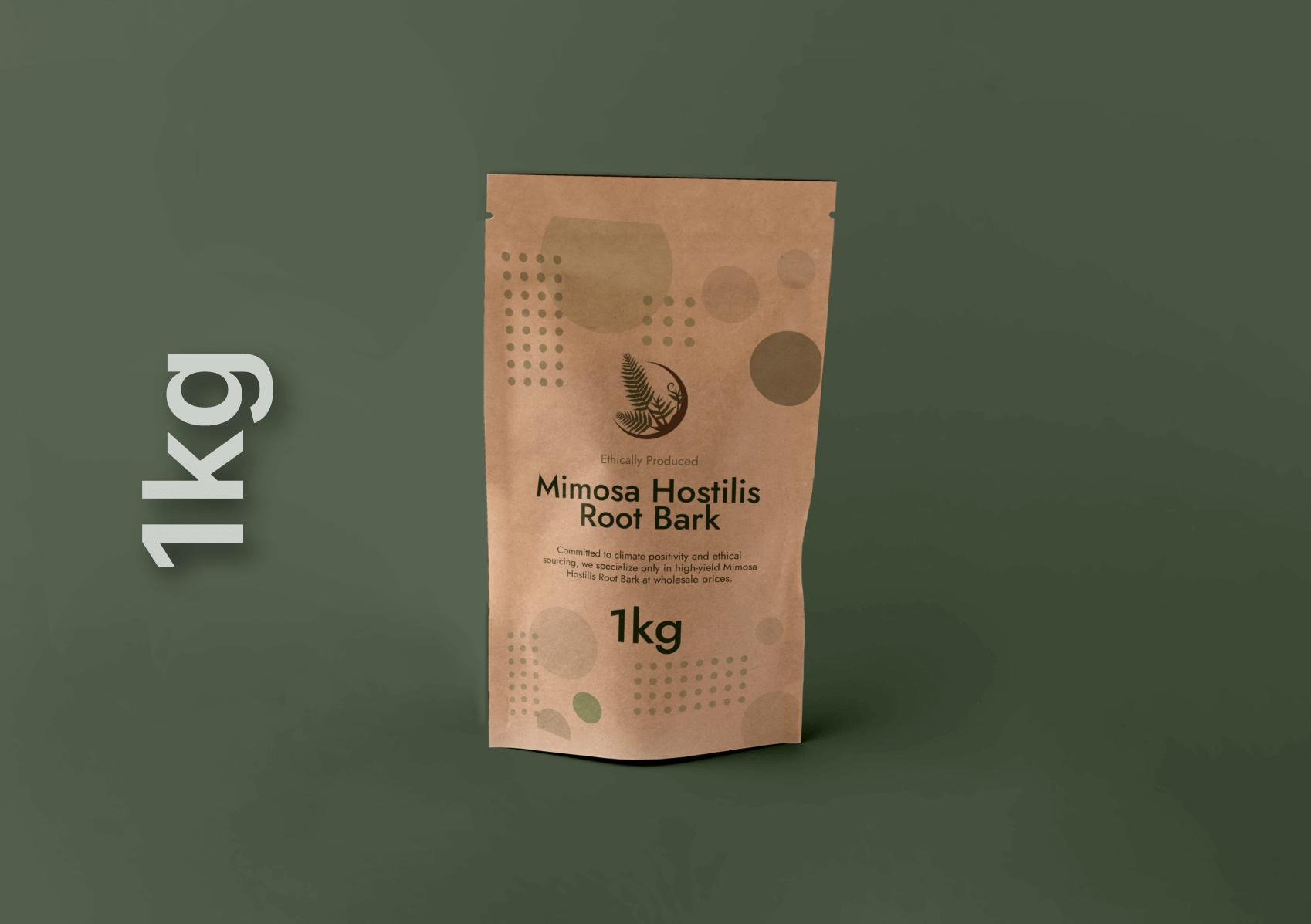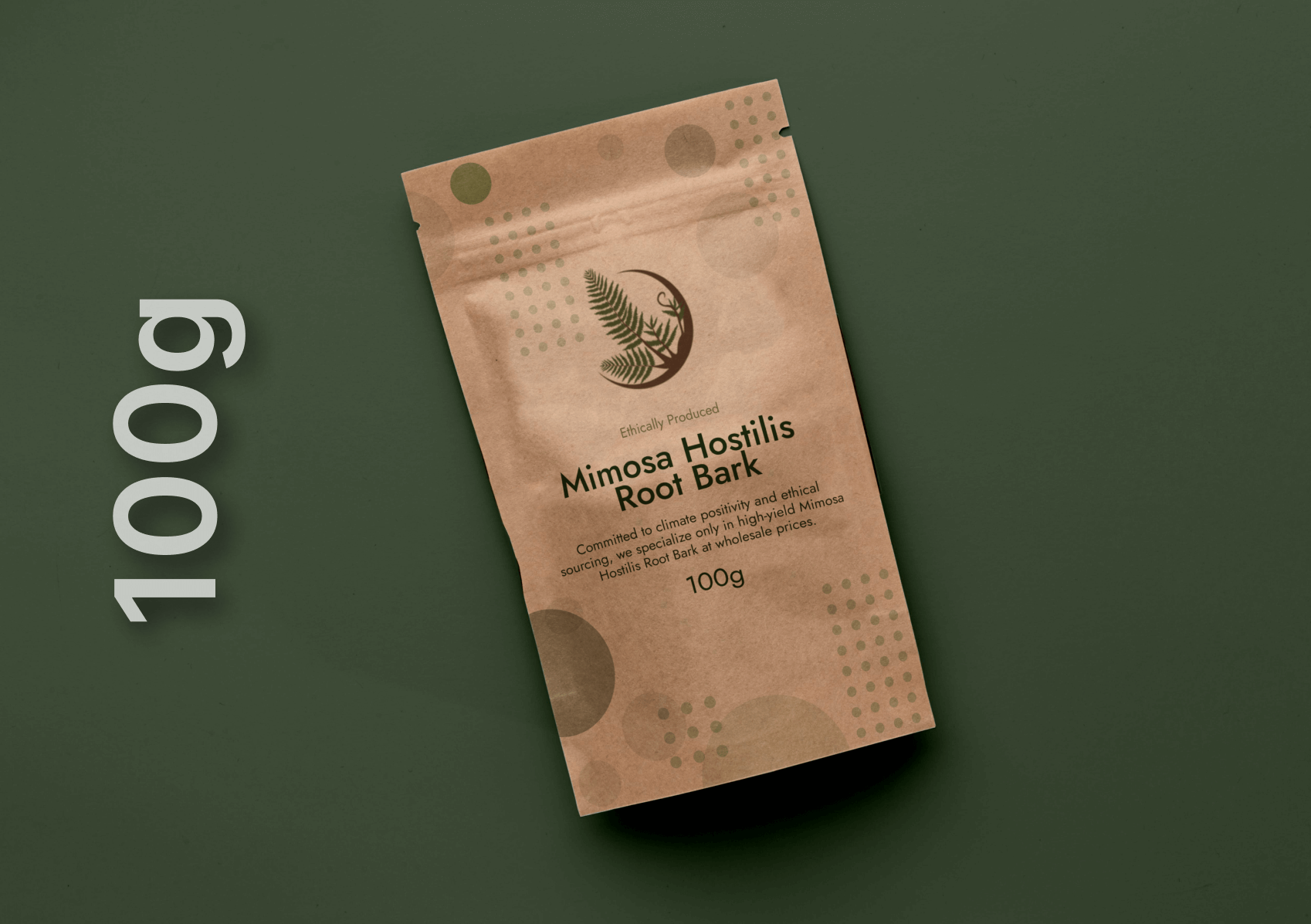Ever thought about growing a Mimosa hostilis tree in America but kinda unsure how fast it grows or what it really needs? If that’s what brought you here, you’re in for an engaging and in-depth conversation about this fascinating tree. But first, let’s drop a fun fact! The Mimosa hostilis root bark (often referred to as MHRB) is the most famous part of this tree due to its medicinal and practical uses. Intrigued? Hold tight, because what follows is a mix of science, gardening tips, and plain amazing stories about this amazing plant.
Before getting into the details of growth speed of Mimosa hostilis, let’s get to know this plant a bit more. In case you are not already familiar the tree is also known by its other name, Mimosa tenuiflora. It is native to South and Central America particularly regions of Brazil and Mexico. This hardy shrub/tree is a superstar in arid ecosystems. It loves hot, dry climates and isn’t shy about making its presence known even in incompatible areas.
What makes it such a favorite? Well, it’s known for its versatile uses. Over centuries, people have relied on the Mimosa hostilis root bark for multiple uses including dyes and traditional medicine. Apart from that it is also used in natural skincare remedies. Big bonus points for being drought-tolerant too. It is perfect for those struggling with water restrictions or tricky weather patterns.
But here’s the million-dollar question for folks in the U.S.—how quickly does it grow?
Factors That Impact the Growth of Mimosa Hostilis
Like humans, plants grow depending on their environment. Some thrive with proper care, others wither when they aren’t getting enough love (or sunlight). The same is true for Mimosa tenuiflora: its growth speed depends on several key factors.
-
Climate & Location
Mimosa hostilis thrives in warm climates. Which makes areas like Southern California, Arizona, Texas, and Florida suitable for its cultivation in the U.S. These areas provide the kind of environment the tree craves which is hot days with plenty of sunlight and mild winters.
But hey, don’t lose hope if you’re somewhere colder! While you won’t see super-fast growth in colder states, you can still get good results with enough care and the right setup (like a greenhouse).
- Warm climates (e.g., Texas, Florida): Growth is notably faster thanks to extended growing seasons.
- Cooler climates (e.g., Northern states): Growth slows dramatically in the winter months.
-
Soil Type
Mimosa hostilis is not very picky about soil. But it certainly has its preferences. It loves well-drained soil with good nutrient content. Sandy or loamy soil is even better. Heavy clay or soil that holds too much water? That’s a no-go.
In order to maximize growth speed consider mixing in organic compost or sand to improve soil drainage and fertility.
-
Watering Schedule
Unlike your typical houseplants that need regular watering schedules, Mimosa tenuiflora is a drought-tolerant warrior. Once established, it’s happy to fend for itself with a light watering occasionally (think succulents, but bigger). Overwatering can hurt its growth since it’s used to dry conditions.
Pro tip for beginners in growing Mimosa hostilis: If the soil feels damp 2 inches below the surface, hold off on watering a bit longer. Err on the side of underwatering rather than overdoing it.
-
Sunlight
Without proper sunlight, Mimosa hostilis is like a coffee-lover without caffeine. To say the least, not at its best. It requires 6–8 hours of direct sunlight daily, and any compromise here could mean slower growth.
If you’re in a spot where sunlight comes and goes (looking at you, Seattle), strategically placing your sapling where it gets the sunniest part of the day will be good for it. In addition, use grow lights during darker months.
-
Fertilization & Care
Mimosa tenuiflora doesn’t demand constant care but using a balanced fertilizer (with nitrogen, phosphorus, and potassium) every 3–4 months can work wonders for its growth rate. Alongside this, pruning dead or weak branches can redirect its energy toward a healthy and robust growth.
For more about its ancient uses, check out Mimosa Tenuiflora in Ethnobotany: Unveiling Ancient Uses and Cultural Traditions.
Growing Mimosa Hostilis in the US—State-by-State Breakdown
Best States for Growing
- Texas: Warm, dry conditions make Texas a mimosa hostilis haven.
- Florida: Like Texas, its subtropical environment is perfect.
- Southern California: Think warm days, sandy soil, and plenty of sun.
Tough-but-Possible States
- Georgia, Alabama, and Mississippi: You can grow mimic trees here with some extra attention (mainly frost protection).
Challenging States
- New York, Vermont, or Illinois: If you’re in northern states, growing this baby outdoors might not be your best bet.
Why Should You Grow Mimosa Hostilis?
Benefits of Mimosa Hostilis
If you are still wondering that it’s worth the effort to grow mimosa tenuiflora? Here are just a few reasons to give it a shot:
- The leaves and the flowers make for a stunning addition to any garden.
- The MHRB powder extracted from the tree serves as a key ingredient in several traditional and medicinal remedies.
- It is drought-tolerant and can thrive in challenging conditions with minimal care.
- The deep roots of the tree prevent soil erosion and improve soil quality in areas suffering from such conditions. A win-win!
For more insight into its benefits for skin, read Mimosa Hostilis: Nature’s Secret Ingredient for Luxurious Soap.
Tips for improving growth rate
Pro Tips for a Growth Boost
- Seed Prep Magic: Scarify your seeds before planting to improve germination rates.
- Compost: Use organic compost to enrich the soil for extra nutrients.
- Location, Location, Location: Choose a spot that has plenty of sunlight.
- Water Wisely: Keep the young plant hydrated but don’t water it too much.
- Prune and Trim: Trim weaker ones to channel energy toward growth of stronger branches.
How Fast Does Mimosa Hostilis Grow?
So here is the interesting part you’ve been waiting for—just how quick is this sapling-to-tree transformation?
Mimosa hostilis can grow up to 3–5 feet per year under optimal conditions on average during its initial growth phase (first 3–5 years). The growth may slow down as it matures eventually turning into a compact tree or shrub that tops out around 20–25 feet.
Don’t worry if your tree doesn’t grow as quickly as you hoped it to. The growth rate can vary based on a number of factors including the right climate and care. Additionally, the age of the tree also matters. Here’s a quick rundown:
- Year 1–3: Rapid growth phase. Expect 2–5 feet per year.
- Year 4–10: Moderate growth as the tree nears maturity. Around 1–2 feet annually.
- Post-Year 10: Size stabilizes, though the canopy may continue to widen with time.
How to Boost Growth Speed in the U.S.
Speeding up the growth process is not exactly rocket science. It requires just a bit of dedication and some gardening know-how.
1. Start Small
Planting from seeds? Pre-soaking them for 24 hours can improve germination rates. Alternatively, purchase a sapling for a head start.
2. Choose the Right Spot
Full sunlight isn’t optional—it’s critical. Place your tree in sunny, well-drained spots for maximum growth potential.
3. Invest in Mulch
Cover the base of the tree with mulches to help retain moisture and regulate soil temperature. This practice is especially recommended if you are growing it in hotter climates.
4. Don’t Overwater
Remember, dry soil mimics the tree’s native environment. Overwatering is one of the top rookie mistakes that slows growth.
For those interested in the modern sustainability practices surrounding this plant, explore Sustainable Tree Farming in Brazil: The Role of Mimosa Hostilis in Combating Climate Change.
Common Questions About Mimosa Hostilis
What is the growth rate of the Mimosa hostilis tree?
If the tree is grown in suitable conditions, it will take about 10–15 years for Mimosa tenuiflora to reach its maximum height of 20–25.
Can Mimosa hostilis survive the winter of the northern states?
Survival largely depends on how harsh the winter of that particular area is. It can tolerate temperatures as low as 25°F for short durations. If you’re in a place where winters get seriously cold and snowy, this tree’s going to struggle unless grown in controlled conditions.
Where can I buy Mimosa hostilis seeds or saplings in the U.S.?
The seeds can be bought from specialty online and gardening stores in America. It is always recommended to do your research and buy from well known sellers.
What’s the best use for Mimosa hostilis root bark?
The root bark powder is prized among communities for its natural dye properties and traditional uses (always research ethical and legal practices). It’s also a focus in the conversation around sustainable farming practices.
The Takeaway on Growing Mimosa Hostilis in the U.S.
Patience is key when it comes to gardening. In the case of Mimosa hostilis it requires more patience than any other tree. While it may not deliver bamboo-level speed, its steady growth rewards you. The result is a beautiful tree that’s low-maintenance and loaded with character and practical uses.
Mimosa Tenuifolia has multiple uses. So if you’re planning to plant it for its stunning looks or legendary root bark, this tree is going to be a showstopper in the garden. Make sure to give it the right mix of sunlight, soil, and care and you’ll have a tree you can enjoy the fruits of for decades to come.




